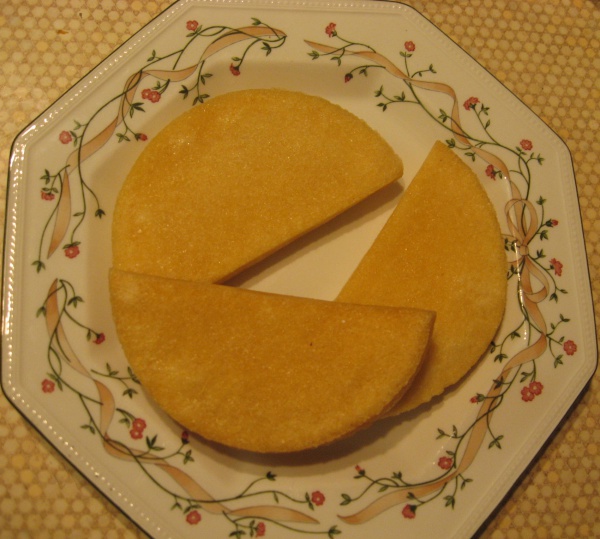Facts About Bammy
Bammy, also known as bami, is a cherished Jamaican flatbread crafted from cassava, boasting a rich history that dates back to the Arawak people, Jamaica's original inhabitants. This flatbread remains a staple in many rural Jamaican communities and is readily available in stores and from street vendors both domestically and abroad. Its origins trace back to pre-Columbian times, emphasizing its enduring presence in Jamaican cuisine until the rise in popularity of wheat flour breads after World War II.
In the 1990s, initiatives by the United Nations and the Jamaican government aimed to revitalize bammy, promoting it as a modern and convenient food option. Traditionally made from bitter cassava, the preparation process involves grating the cassava, extracting the excess liquid, processing it into a fine flour-like texture, and seasoning it with a touch of salt for flavor.
The method of baking bammy can vary. Traditionally, it's cooked on a flat iron or griddle over an open flame, resulting in a thin, foldable bread about 10 inches in diameter. Nowadays, thicker bammies, around 6 inches in diameter, have gained popularity. These can be mass-produced in factories or homemade using store-bought or hand-prepared cassava flour. The thicker versions are often cooked on griddles, in baking pans, or in ovens, sometimes with added butter and spices. Once prepared, they are typically cut into wedges, frozen, soaked in coconut milk, fried, and served alongside various dishes.
Bammies are versatile and can be enjoyed at any meal or as a snack, much like wheat bread or tortillas in other cultures. The traditional preparation and enjoyment of bammy underscore its deep cultural significance in Jamaican cuisine.
